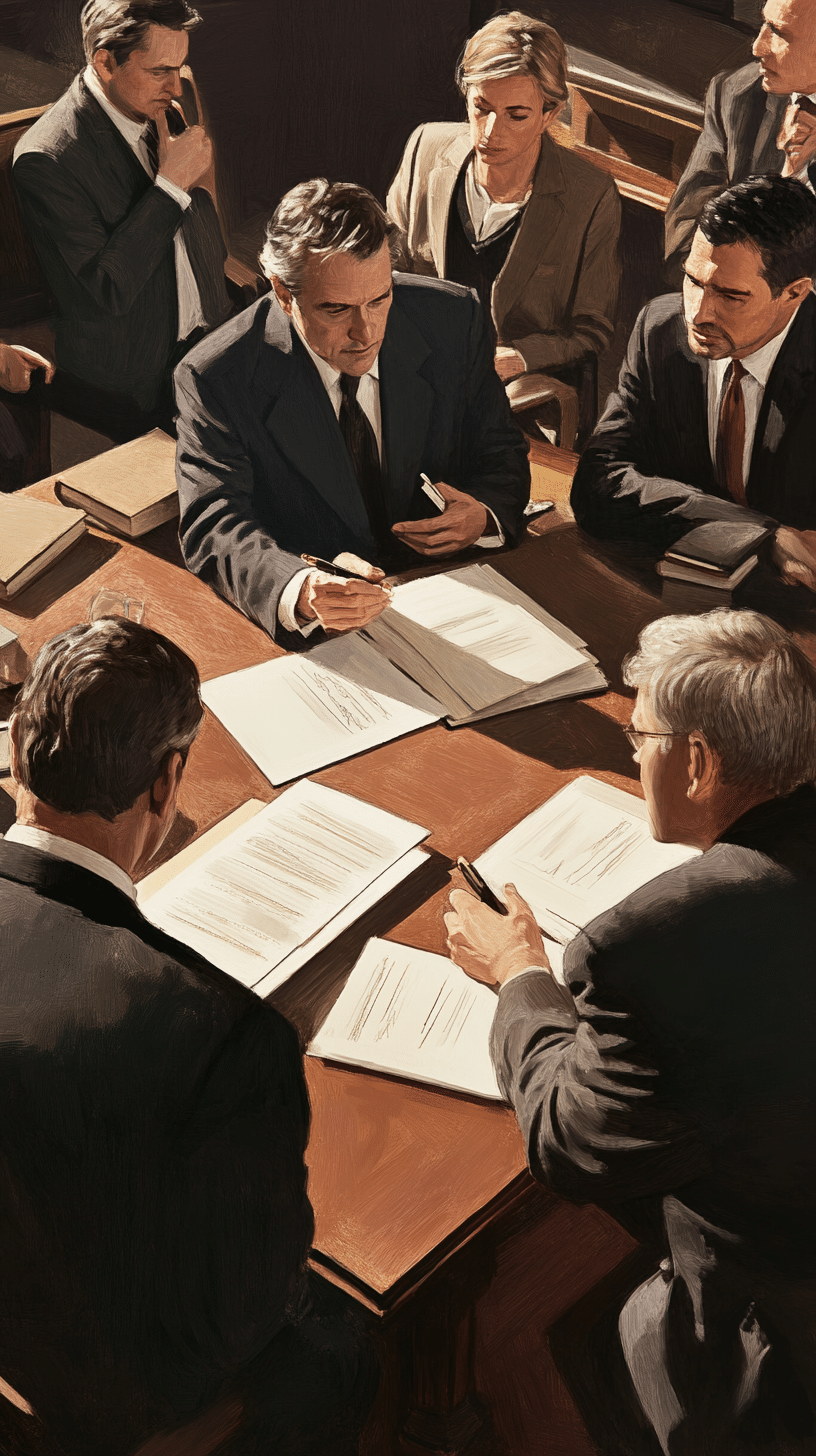
The aftermath of a motorcycle accident brings significant challenges that differ markedly from standard vehicle collisions. Statistics from the National Highway Traffic Safety Administration reveal motorcycle riders face 28 times higher fatality risks compared to passenger vehicle occupants. This stark reality demands a clear understanding of legal rights and insurance coverage options available to riders.
Table of Contents
ToggleThe Physical and Financial Impact
Motorcycle accidents typically result in more severe injuries than car crashes. Without the protective shell of a vehicle, riders often sustain serious trauma – from head injuries and spinal damage to broken bones and severe abrasions. Beyond physical recovery, victims frequently battle psychological effects like post-traumatic stress and anxiety.
Multiple factors contribute to motorcycle crashes. Poor visibility, challenging road conditions, and other drivers’ actions all play potential roles. The smaller profile of motorcycles, while advantageous for maneuverability, makes them harder for other drivers to spot. Additionally, the physics of motorcycle accidents often lead to more violent impacts and rider ejections.
The financial burden compounds these challenges. Medical bills stack up quickly, lost wages create immediate pressure, and property damage adds another layer of expense. This combination of physical, emotional and financial stress makes understanding available legal protections essential.
Personal Injury Claims: The Path to Recovery
When another driver’s negligence causes a motorcycle accident, the injured rider can pursue compensation through a personal injury claim. This legal avenue helps victims recover costs related to:
- Current and future medical expenses
- Lost wages and diminished earning capacity
- Motorcycle repairs or replacement
- Physical pain and emotional suffering
- Punitive damages in cases of extreme negligence
Building a strong claim requires substantial evidence. Key elements include:
– Police reports
– Witness statements
– Accident scene photos
– Medical documentation
– Expert testimony when needed
Taking specific steps immediately after an accident strengthens potential claims:
1. Seek medical care promptly, even for seemingly minor injuries
2. Document everything at the scene
3. Exchange information with other involved parties
4. Get contact details from witnesses
5. File a police report
6. Notify your insurance carrier
No-Fault Coverage: Understanding the Basics
Personal Injury Protection (PIP) or no-fault insurance provides quick financial assistance after an accident, regardless of who caused it. This coverage helps with immediate medical costs and lost income while fault determination proceeds.
However, motorcycle coverage differs significantly from standard auto policies. Many states exclude motorcycles from standard no-fault provisions, requiring separate motorcycle-specific PIP coverage. Coverage requirements and benefits vary by state, making it critical to understand local insurance laws. For example, understanding how state laws affect motorcycle accident claims is essential.
Typical no-fault benefits include:
– Medical expense coverage
– Lost wage compensation
– Rehabilitation costs
– Essential services
The Limits of No-Fault Protection
No-fault coverage comes with significant restrictions. Many policies cap benefits well below the actual costs of a serious motorcycle accident. A $50,000 medical expense limit, for example, may barely scratch the surface of treatment needs.
Additional limitations include:
– No coverage for pain and suffering
– Exclusions for certain injury types
– Gaps in coverage for specific situations
– Strict filing deadlines
– Complex claims processes
These constraints often necessitate pursuing additional compensation through personal injury claims, particularly in severe injury cases.
Filing an Effective Claim
A successful insurance claim requires organization and attention to detail:
1. Report the accident immediately
2. Gather comprehensive documentation
3. Keep detailed records of all communications
4. Track expenses meticulously
5. Meet all deadlines
6. Push back against lowball settlement offers
Common mistakes to avoid:
– Accepting early settlement offers
– Missing documentation deadlines
– Failing to record all expenses
– Handling complex claims without legal help
When to Seek Legal Help
Consider legal representation if your case involves:
– Severe injuries
– Disputed liability
– Insurance company resistance
– Insufficient no-fault coverage
– Complex legal issues
An experienced attorney can:
– Evaluate case strength
– Handle insurance negotiations
– Gather necessary evidence
– Navigate legal complexities
– Maximize compensation
– Represent you in court if needed
Real World Examples
Case Example: The Red Light Runner
A distracted driver struck John, causing multiple injuries and $80,000 in medical bills. His no-fault coverage proved inadequate. Through legal action, he secured full compensation for medical costs, lost income, and suffering.
Case Example: The Liability Dispute
Maria faced resistance when another driver claimed partial fault. Her attorney’s investigation proved the other driver’s negligence, leading to appropriate compensation.
Case Example: The Coverage Gap
David’s hit-and-run accident exceeded his no-fault coverage limits. Legal counsel helped identify additional compensation sources, including uninsured motorist coverage. Navigating uninsured motorist claims can be complex.
Taking Action
Every motorcycle accident presents different challenges. Success depends on understanding your rights and taking appropriate action. While no-fault coverage provides initial protection, severe accidents often require additional legal steps to secure fair compensation.
Knowledge empowers better decisions after an accident. If questions arise about your rights or available options, consulting a qualified attorney can provide clarity and direction. The path forward may seem daunting, but proper guidance makes each step manageable. You can learn more about motorcycle accident claims and your rights by consulting legal resources.
Legal Disclaimer: This article provides general information only and should not replace professional legal advice. Consult a qualified attorney about your specific situation.
For a more detailed explanation on how New York handles motorcycle accidents and no fault, check out Jason’s video:












